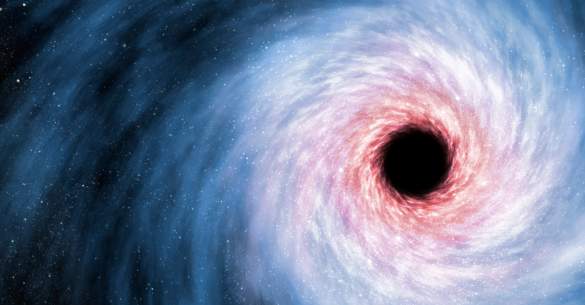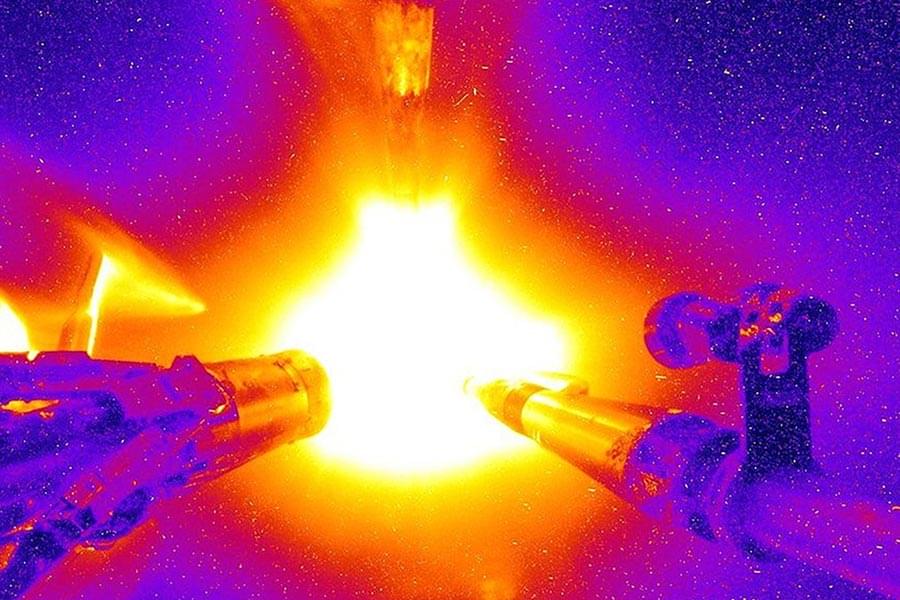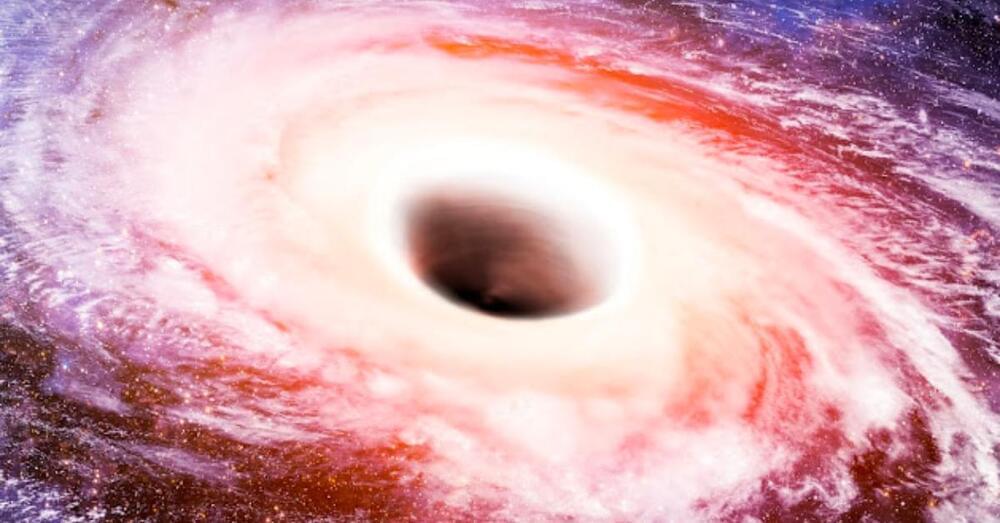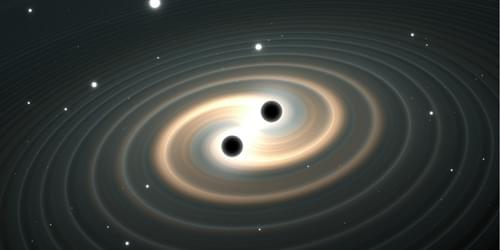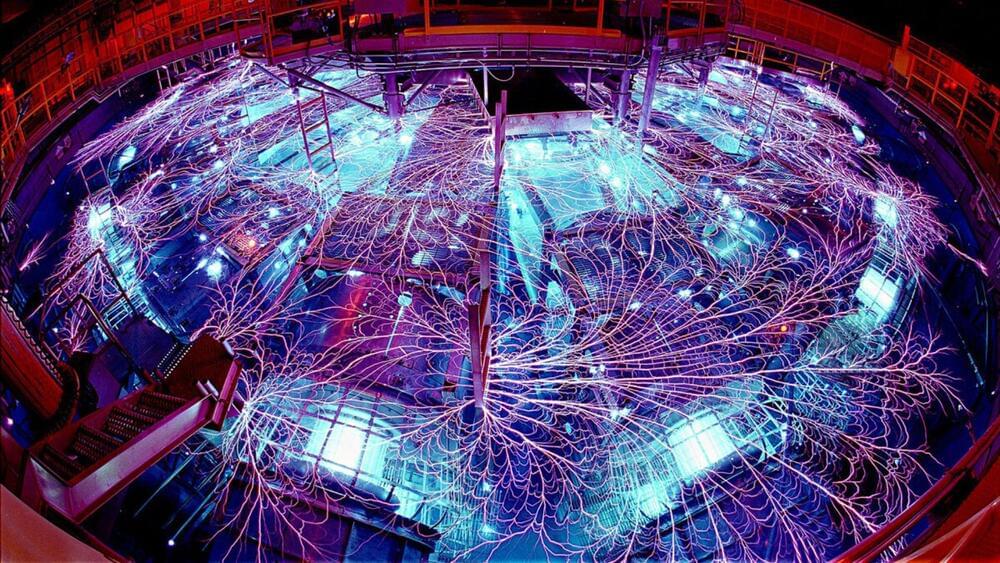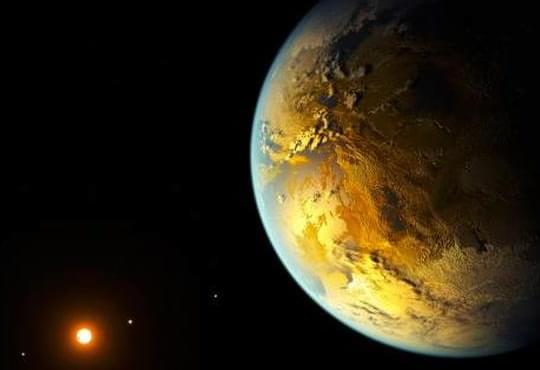Astronomers have recently found the nearest known black hole to our solar system. According to scientists, the black hole is 1,570 lightyears away and ten times larger than our sun.
Known as Gaia BH1, the research was led by Harvard Society Fellow astrophysicist Kareem El-Badry, with the Harvard-Smithsonian Center for Astrophysics (CfA) and the Max Planck Institute for Astronomy (MPIA).
In addition, El-Badry worked with researchers from CfA, MPIA, Caltech, UC Berkeley, the Flatiron Institute’s Center for Computational Astrophysics (CCA), the Weizmann Institute of Science, the Observatoire de Paris, MIT’s Kavli Institute for Astrophysics and Space Research, and other universities.
